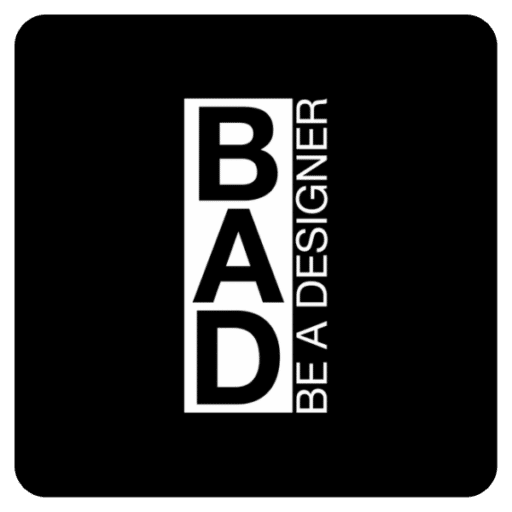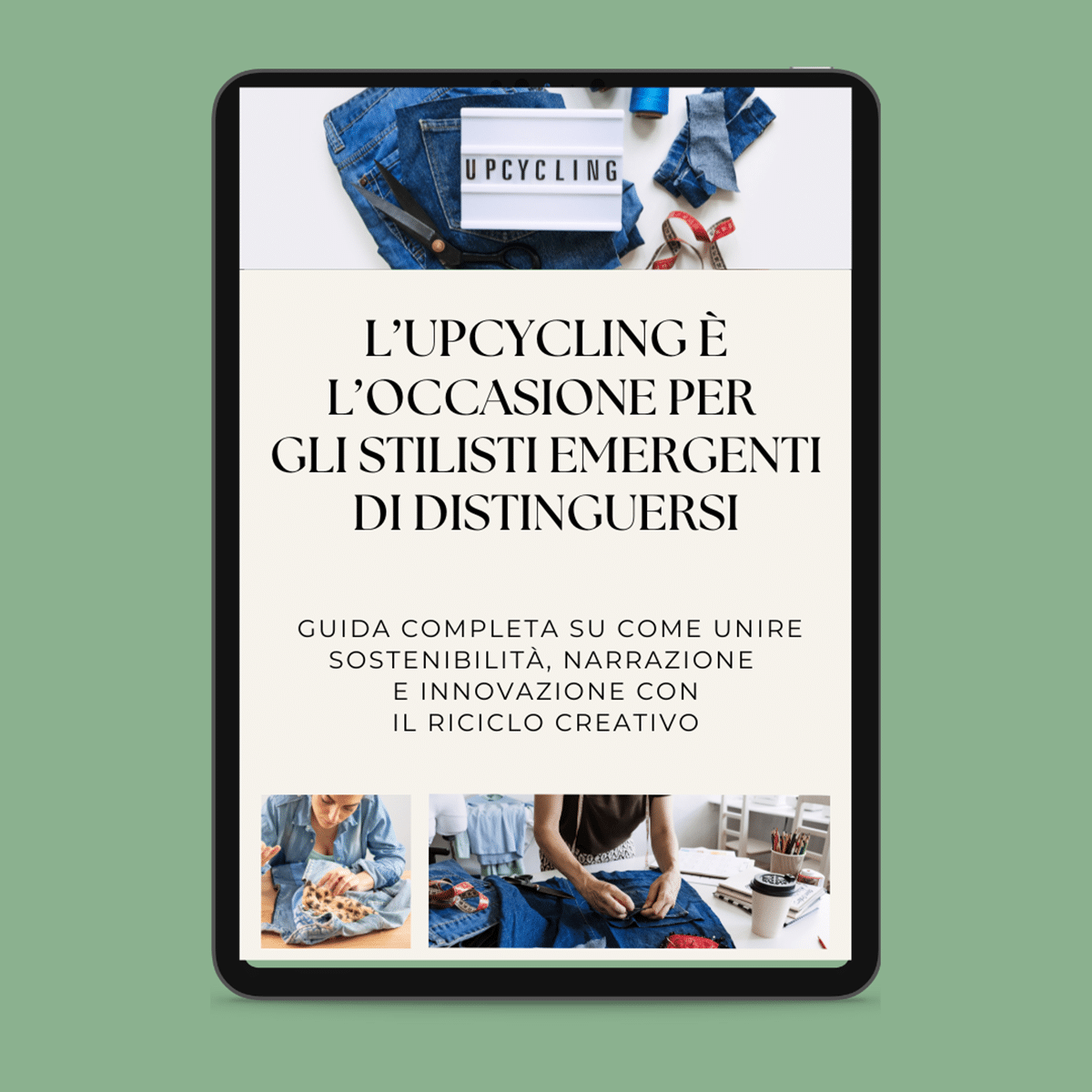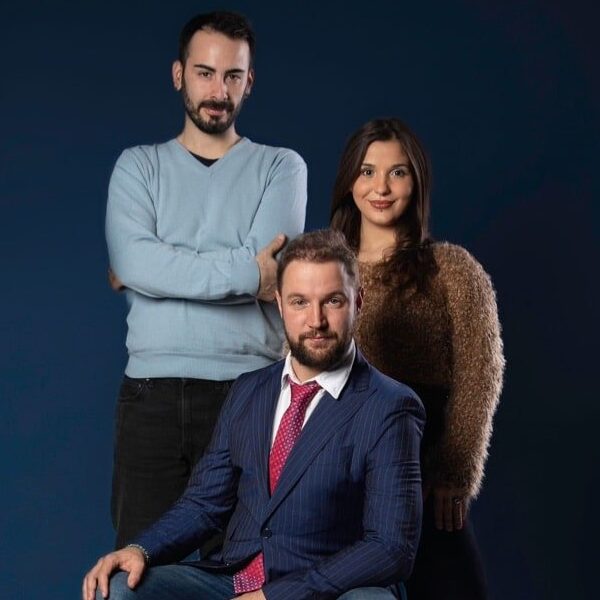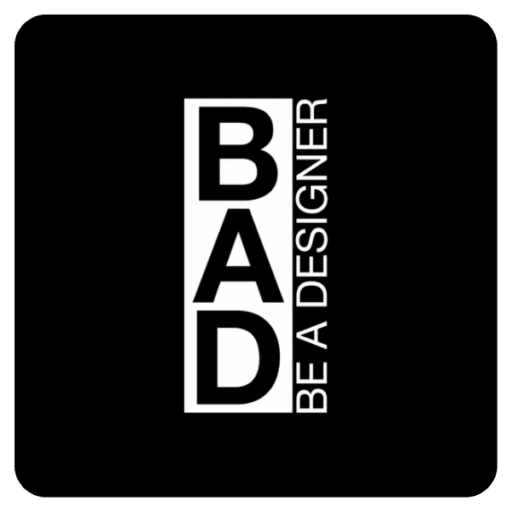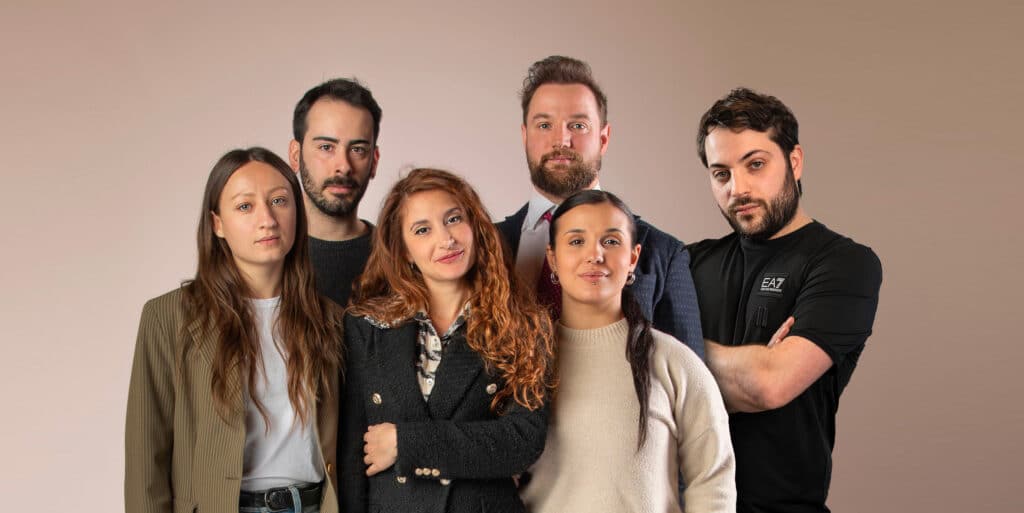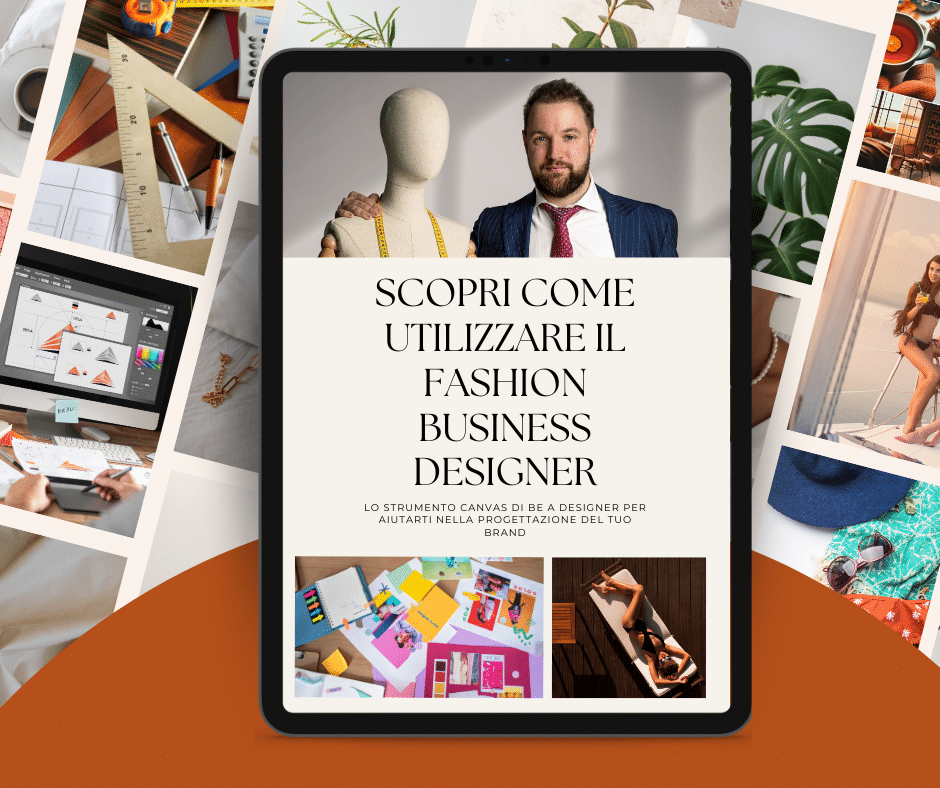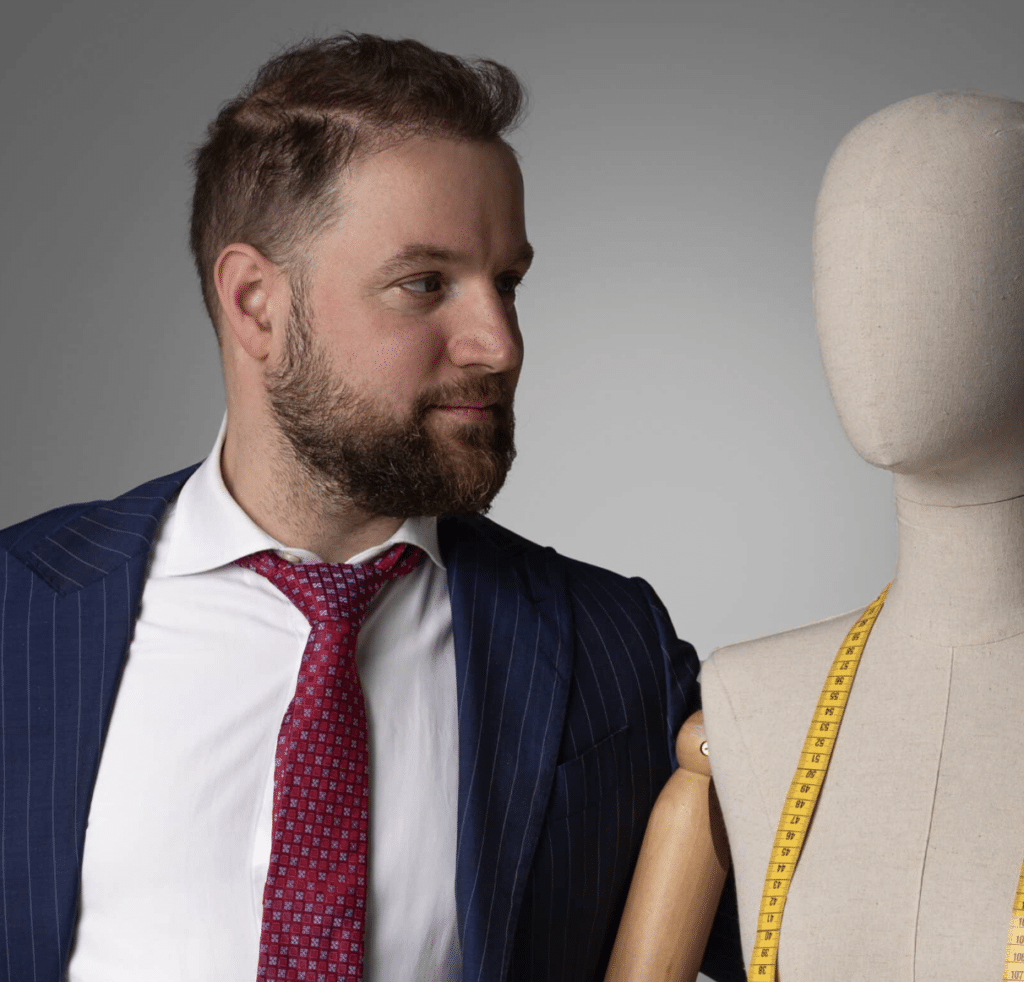Table of Contents
Have you ever thought that an old pair of worn-out jeans or an out-of-fashion jacket could become the centrepiece of a new collection? This is precisely the heart of thefashion upcycling: transforming what seemed destined to end up in the back of the cupboard into something unique, original and of even greater value.
When it comes to upcycling in the fashion worldIt is not just about recycling, but a real creative process: from the big fashion houses like Maison Margiela to young emerging designers. It is not a simple 'reuse', but a rethinking materials and reinventing themgiving them a new identity capable of telling storiesemotions and values related to sustainability.
If your dream is to become a designer or launch your own collection, find out how the creative upcycling in fashion could be the first step towards build an authentic and competitive project. In this article we will explore together concrete ideas, inspirations and strategies to grow a brand that speaks about fashion and the future.
If you dream of becoming a designer or launching your own line, thefashion upcycling could be your competitive advantage. Let's get started!
What is upcycling in fashion and why it is different from recycling
L'upcycling in fashion is not just a trend, but a real change of perspective in the way fashion is conceived. While classic recycling often reduces materials to a lower value (think plastic bottles turned into standard textile fibres), upcycling does the opposite: enhances what already existstaking it to a higher level.

In practicemeans turning unsold fabrics, production waste or vintage garments into original piecescapable of surprising the wearer. An old coat can become a jacket with a modern cut, a discarded tent can turn into a luxury bag, and a collection of textile samples can give life to a catwalk dress.
The Fundamental Difference
Traditional recycling:
- Breaks down materials into basic fibres
- Reduces the original value
- Creates standardised products
- Intensive industrial process
Fashion upcycling:
- Maintains or increases the value
- Create unique and unrepeatable pieces
- Creative and artisanal process
- History and identity preserved
For a designer, really understand what upcycling is in fashion means learning to look beyond the raw material and grasp its potential. It is not a process of simply 'reusing', but of telling a story through your clothesEach creation becomes concrete proof that it is possible to combine aesthetics, responsibility and innovation.
Think about it: how much narrative power would have a collection made entirely from recovered fabrics or with garments turned into one-offs? Not only would it attract public attention, but it would give your brand a clear and recognisable voicein line with the new sustainability requirements that are driving the fashion industry.
Examples of fashion upcycling: how to turn waste into collections
Imagine you have before you a mountain of unsold textile samples, old forgotten fabrics, jackets made obsolete by ephemeral trends. Now think: what story can you get out of it? As a designer, starting from what others consider 'waste' can become your most authentic strength.
A case that speaks for itself is Maison Margielawhich with its line Recycle (game of 'recycle + replica') transforms vintage and discarded clothes into haute couture pieces. For example, in some collections Margiela has 'taken apart' vintage garments to reassemble them in completely new silhouettes, resulting in garments that recount an evolution - not a simple copy-paste. In the AW20 collection, many garments were made by second-hand and deadstock materialsredesigned in contemporary forms.
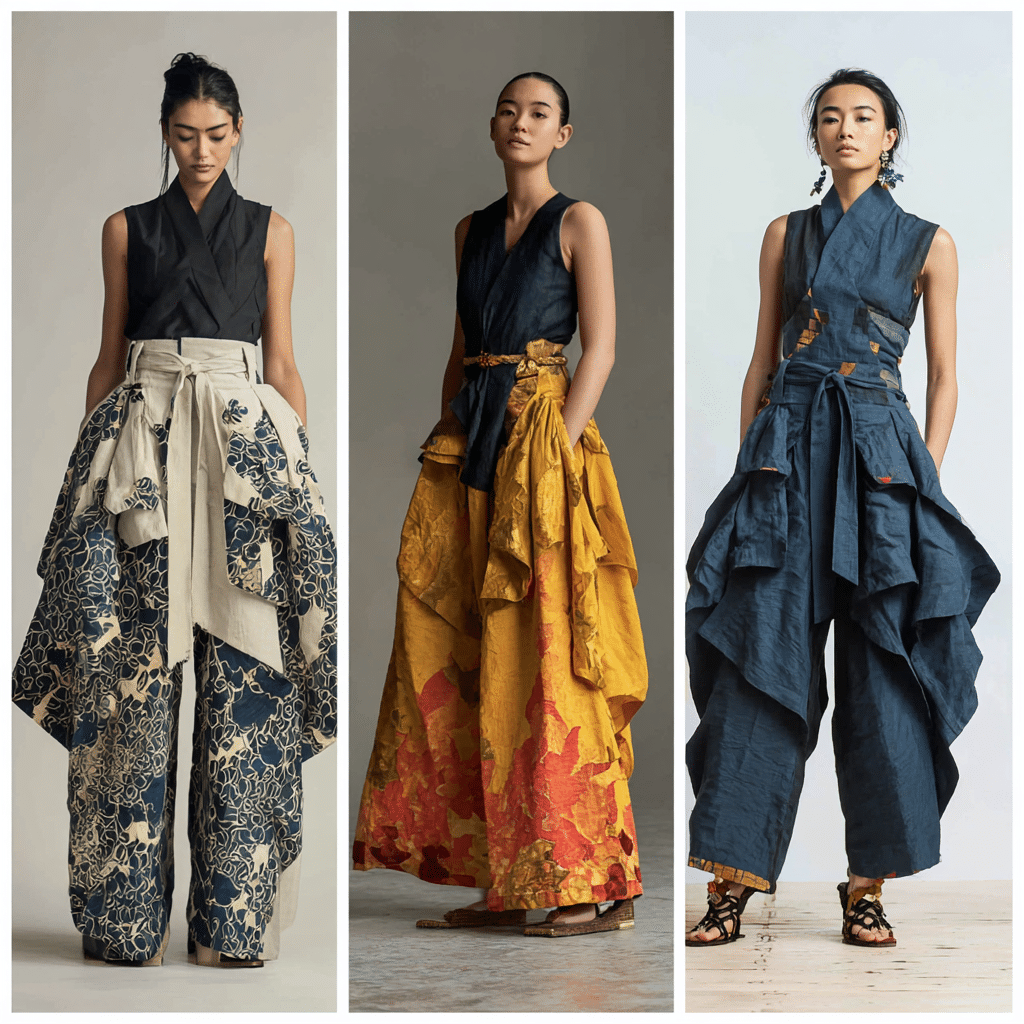
Also Stella McCartney offers a concrete example of how upcycling can fit into an established brand. In a collection she presented in Paris, she used old recycled T-shirts, cut and woven to create 'new' and contemporary knitwear, showing that even from the 'used' you can build a fresh aesthetic. In a project with Vogue, he reinterpreted archive denim by embracing upcycling as a dialogue between past and present.
Finally, a more 'Italian' recent example: the brand Simon Cracker walked the runway during Milan Fashion Week with very bold upcycled garmentsmixing ironic elements such as oversized buttons, giant zips and details that highlight the recovery process as part of the design.
If you are thinking of developing your collection, you can be inspired by these models and experiment with what you have on hand: unused fabric, a set of vintage buttons, even a curtain or a carpet can become raw material for an innovative project. Each piece will thus have a unique storyready to enhance your brand in the eyes of a increasingly attentive and curious public towards circular fashion.
Creative recycling in fashion: ideas for future tailors and designers
Creative recycling applied to fashion upcycling is the ideal terrain for those who want to experiment and train their designer's eye. It is not only about recovering materialsbut to be able to transform them into a personal language, capable of defining theidentity of a collection.
For a young designer, upcycling becomes a true laboratory of ideas. You can start, for example, from old vintage garments and reinterpret them through novel cuts or combinations of fabrics that had never been thought of together. A men's shirt can turn into a women's topan evening dress in an urban jacket, while fabric offcuts can become tailoring details that make a garment unique.
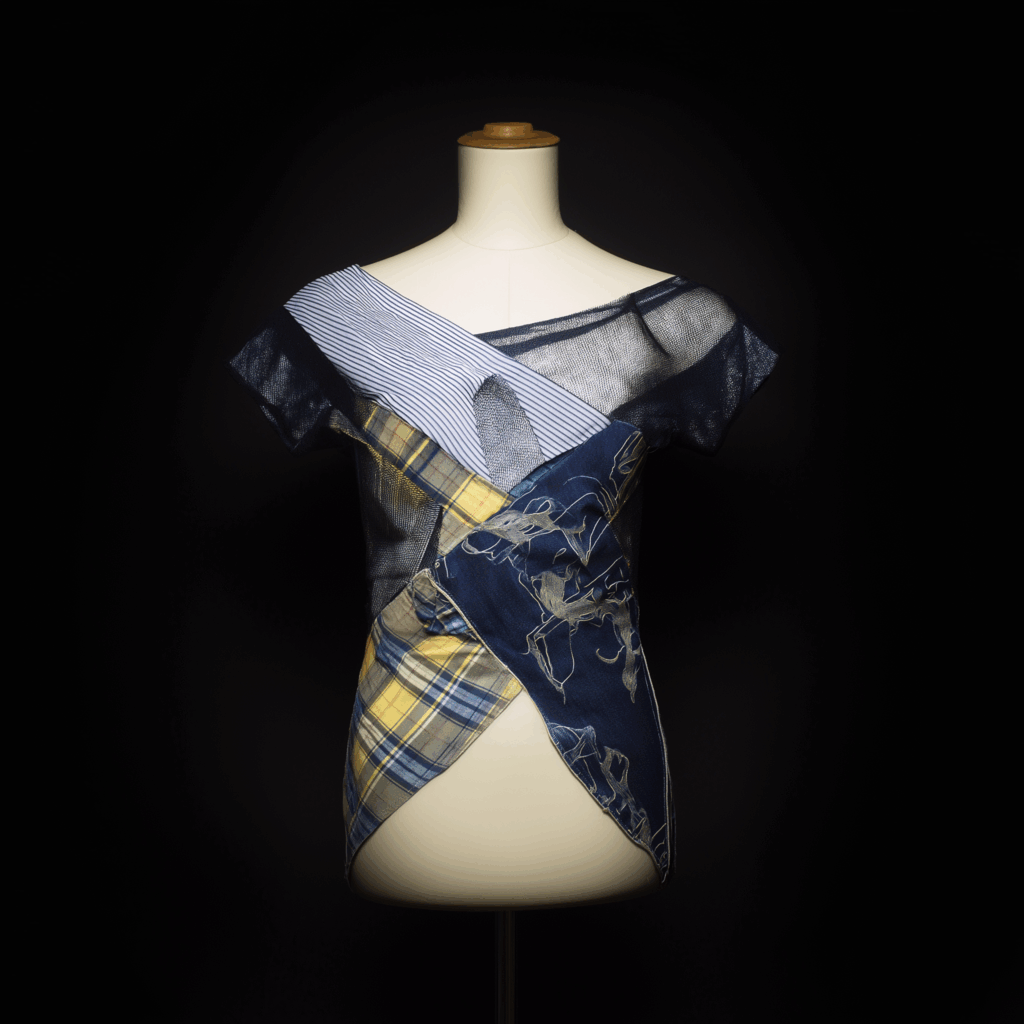
As we have seen, there are many examples of designers who have entered this new way of looking at fashion and today many emerging brands have built its own identity precisely on these creative recycling practices. The New York-based collective Rentrayage, for example, has become known for his 'hybrid' clothes, made by stitching together pieces of different vintage garments to form a completely new silhouette. The result? Collections that celebrate imperfection and uniqueness as a style signature.
The creative upcycling in fashion also allows you to work on low-cost projectsusing existing materials and minimising waste. This approach is perfect if you are taking your first steps and want to build a pilot collection to present to schools, competitions or potential investors. In addition, it gives you the opportunity to linking your project to strong and current valuessuch as those related to sustainability in fashion, which today represent a real competitive advantage in the fashion market.
Rifò: an all-Italian case
When Rifò was born in Prato in 2017, it brought with it a centuries-old heritage: the tradition of the Prato 'cenciaiolo', the craftsman who transforms textile waste into new raw material. It is not simply creative upcycling, but artisanal industrial regeneration through the mechanical process of fraying.
One project that speaks well of Rifò's philosophy is the 2023 collaboration with Levi's®. In the Milan store at Via Orefici 13, customers could donate their old jeans: these were sanitised, cut and transformed into patchwork shopper by the social cooperative Flò Concept, which employs people in fragile situations. The result? Bags all different from each other, each with its own story sewn on, made from only 4-6 hours.
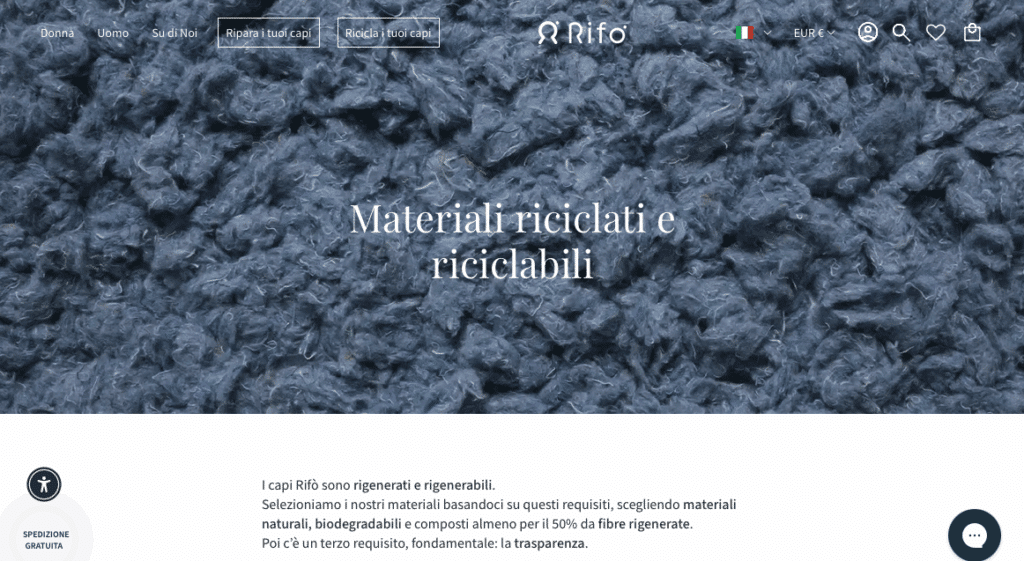
Imagine the communicative impact: each customer does not just buy an accessory, but becomes part of a virtuous cycle combining sustainability and social impact.
Beyond the product: a complete circular ecosystem
What distinguishes Rifò from many other upcycling projects is that it has built a structured business modelaround circularity:
- Take-back system: collection of used garments throughout Europe, making it easy for customers to participate
- Pre-orderthose who buy before production get discounts, eliminating overproduction
- Love Lastseach garment is repaired free of charge within 3 years of purchase
- No sales policytransparent prices all year round, for an honest relationship with the customer
- Social Impact1% of turnover finances 'In Our Clothes', a project for the integration of migrants and the generational change of artisans
Each element is not only 'sustainable', but contributes to building a strong narrative involving the customer in the project.
When the market rewards authenticity
The results? The Financial Times included Rifò among the 1000 fastest growing companies in Europe (position #253). Since the initial crowdfunding in 2017, the brand now has 25 employees, two closed investment rounds, physical shops and over 300 retailers. The garments are sold between €60 and €280proving that you can build a premium positioning without being luxury.
What you can learn from Rifò for your project
If you are thinking of launching your own brand based on upcycling, Rifò proves that:
- Local production is an advantageeverything is done within 30 km of the office, allowing quality control and fast turnaround times
- Transparency creates trustopenly communicating processes, prices and social impact attracts an aware audience
- Upcycling can be scalablewith the right organisation, you do not remain a limited craft project but can grow while maintaining the values
- Storytelling is fundamentalThe motto 'The most sustainable textiles are those already produced' is not just a slogan, but the brand identity
But how do you actually go from idea to structured brand? How do you define positioning, build a coherent collection and communicate effectively? If you want a practical guide to accompany you step by step from the first sketch to market launch, discover "The Stylist's Journey, the book that translates the Be A Designer approach into a comprehensive operational method.
And to elaborate on how building the visual identity of your fashion brandyou can explore our strategy guides.
The Be A Designer method applied to upcycling
We have seen how fashion upcycling can transform waste and forgotten materials into collections with a strong creative impact. But now that you have gathered ideas and concrete examples, you may be wondering: how do I turn all this into a real, structured and market-ready project?
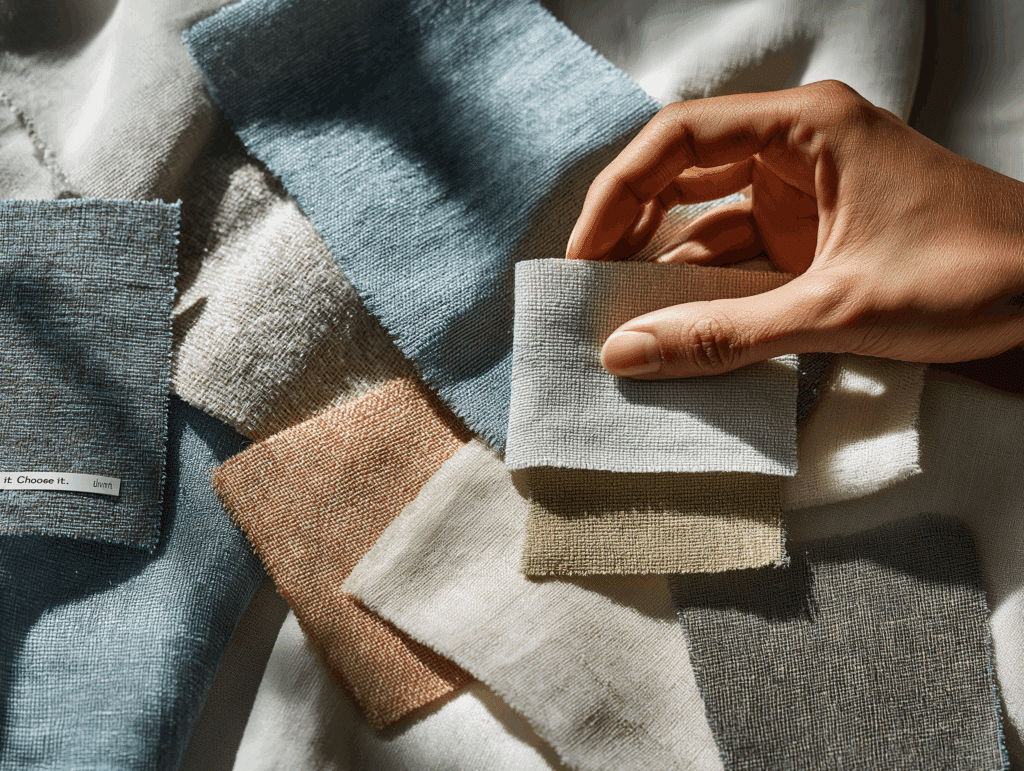
This is precisely where the Be A Designer method. With us you first learn to define your brand identitystarting with the values that distinguish you and the message you want to communicate. Then we guide you through the design phasehelping you translate your vision into real clothes, created from recycled materials. And when the time comes for bringing prototypes to lifeyou can experiment with innovative solutions without ever losing sight of sartorial quality.
And we don't stop there: we also support you in the tell the story of your garments with targeted shoots and communication strategiesbecause an upcycling brand is not only fashion, but also storytelling. Finally, we work together on positioning and digital, so your collection does not remain locked in the atelier but reaches the right audienceready to grow as a competitive and sustainable project.
With our method, your passion does not remain an abstract idea: it becomes a concrete collection, with a solid basis to really enter the fashion world. And if you want to take this step in a guided way, you can discover our consultancy services for starting a fashion brandthe practical and strategic support designed just for future designers like you!
How to present a fashion upcycling brand
You worked on the concept, experimented with recycled materials and gave shape to the first prototypes: at this point comes the most important challengepresent your brand to the public. Because it is not enough to have a good idea, you need to know how to tell it with consistency and professionalism. An upcycling fashion brand, in fact, must convey from the very first moment not only the design of the garments, but also the values of sustainability and innovation that make it unique.
To do so, the storytelling is your main ally: every garment made from recovered materials carries a story that needs to be communicated. Telling the origin of the fabrics, the creative process and the philosophy that guides your choices means giving the public one more reason to choose your clothes.
La visual presentation is equally fundamental. One photo shoot well maintained can turn a simple garment into a manifesto of your identity. Showing the 'before and after' of a upcycling processfor example, is a powerful way to make people perceive the added value you are creating.
Don't forget the digital channelssocial media, website and e-commerce are indispensable tools for reaching customers interested in more responsible fashion. And if you want to learn more about how to integrate sustainability into your communication and positioning, I recommend reading our guide to strategies for sustainable fashionwhere you will find useful hints for structuring the growth of your brand.
Finally, it recalls the importance of events and collaborations. Participating in fairs, independent fashion weeks or circular fashion initiatives allows you to make your vision known, create contacts and strengthen the credibility of your project.
With the right combination of narrative, image and strategy, your fashion upcycling brand will not just be a collection, but a strong and recognisable message in the contemporary fashion scene.
Why upcycling is an opportunity for the future of fashion
Fashion has always mirrored its time, and today more than ever the future of the industry passes through sustainability. L'upcycling represents a concrete response to this challenge: it is not a compromise, but aopportunities to create valueinnovation and beauty from what already exists.
For future designers, fashion upcycling is not just a creative exercise, but a strategic leverage to stand out. It means proposing collections that speak of uniqueness, responsibility and authenticityquality that today's consumers are increasingly looking for. Each garment created from recovered materials thus becomes a symbol of changecapable of combining aesthetics and awareness.
Looking ahead, circular fashion will no longer be an alternative, but a necessity. Knowing how to embrace it from the outset allows you to position yourself as an innovative designerready to interpret the needs of an evolving sector. And above all, it allows you to giving voice to a generation of creatives who want to leave a positive mark not only on the catwalks, but also on the world.
Upcycling is therefore much more than a trend: it is the language with which fashion can rewrite its future. The question that remains is only one: are you ready to be part of this transformation?
